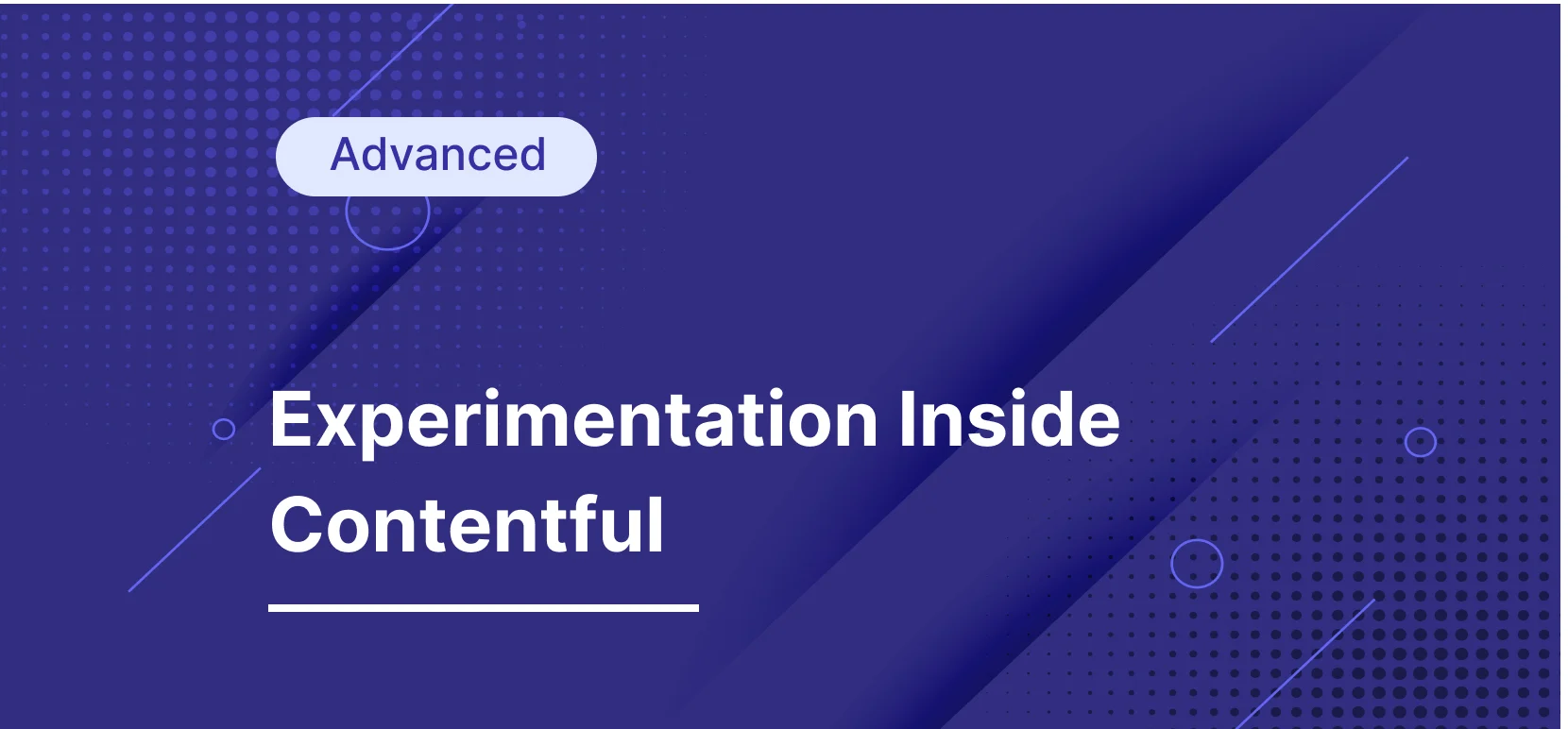- Experimentation
How to Drive More Conversions By Split Testing For Pricing


Product pricing can be tricky. Not only does it affect your bottom line, but it also reflects how consumers perceive your brand. Determining the best price for your products can be the difference between portraying your brand as high value versus a cheap alternative.
Plus, if you charge too low, you may gain more sales but you'll also earn lower profits than you should. If you charge too high for the customer's liking you'll have fewer sales, causing profits to remain lower than they otherwise could be.
Split testing for pricing with experimentation software can help you determine the optimal amount to charge your customers. With price testing, you'll find the sweet spot that increases conversion rates, leads to higher profits, and positions your brand as high-quality and fair.
Why Companies Should Be Split Testing for Pricing
Split testing for pricing is an effective way to optimize your revenue, understand your customers better, and determine optimal pricing based on data.
A/B testing your pricing can tell you what customers are willing to pay without significantly impacting demand. This helps you identify the optimal price point to personalize and attract more potential customers, maximizing revenue and profitability.
Price testing provides insights into price sensitivity based on real customer behavior and response data. If your target audience is more price-sensitive in one product category versus another, you can make price changes around that particular product. This way, you meet both customer expectations and business revenue goals.
Moreover, price testing can tell you what your customers value and allows you to personalize their experiences with your brand. If they're willing to pay more for a version of your product or service that includes certain features, that signals those features hold significant value to your customers and you should prioritize them.
Ethics of Split Testing for Pricing
Despite the benefits of split testing for pricing, you must be careful about how you go about it. You can't charge different people different prices for the same item — that's pricing discrimination, which can be illegal.
However, this is not the same as dynamic pricing. For example, airlines often charge higher prices for the same ticket during peak travel season. Movie theaters charge lower prices for movie showings during the day as the demand tends to be lower. In these situations, sellers adapt their prices to market conditions (in these cases, demand) but charge everyone the same price.
Pricing discrimination occurs arbitrarily. Too many price changes can confuse and upset customers, especially when it comes from e-commerce retailers or SaaS companies. Customers expect their prices to remain stable, so it's best to test prices carefully.
How to Get Started with Split Testing for Pricing
With the right tools, split testing pricing can be done within your content management system (CMS). Such tools could include landing pages, product pages, or even the checkout process. With the right strategy and testing tools, carrying out an effective pricing experiment should be easy.
1. Select Two Different Products to Test
The first and most important step is choosing two different products from the same product category. You should not test two prices on the same product. Instead, testing two different products from the same product family helps ensure you're remaining ethical and fair while protecting your brand's reputation.
An example of this might include two similar pieces of jewelry in different colorways or two hats with similar designs. Using two products with similar levels of demand can help you identify the impact of price changes.
Testing Two Different Plans
For instance, say you have a new product with a tiered pricing approach. Customers can choose between a Starter plan at $15 per month and a Business plan at $49 per month. The Starter plan includes basic features for up to five users, while the Business plan includes advanced features for up to 10 users.
By offering two different variations of your product, you're testing how much customers value the extra capabilities. The Business plan costs over three times as much yet only doubles the workspace limit while adding advanced features. This pricing structure helps you gauge whether users find additional functionality worthwhile enough to justify the higher price.
Testing Two Versions of Differing Value
If you don't sell products with a tiered pricing plan, you can instead test different versions of the same product. One version should provide the customer with extra value.
For example, say you're selling a course teaching web developers how to code. You can sell a CliffsNotes ebook for the course for a fraction of its full price. If you notice the ebook has a significant demand over the full course, you might be pricing the course too high for your customer base. If not, there may be something about the course's topic your customers aren't interested in.
In such a case, you'll need to either adjust the course's full price to something in between or consider scrapping the course and surveying your customers to find out what they'd like to learn about instead.
2. Set Your Test Price Points
The price points you choose to test initially can be influenced by a number of factors, including:
Customer behavior: Previous customer buying behavior can indicate which price points more customers are willing to pay.
Operational costs: Depending on the size of your company, you may have high ongoing costs for hosting, maintenance, support, and production.
Value perception: Great brand reputation, recognition, or prestige can enable you to charge higher prices than your competitors.
Competitor pricing: You need to price competitively while differentiating yourself.
Customer segmentation: If you can offer a tiered pricing plan, these plans will be influenced by what each segment is willing to pay for your products.
Once you've considered each of these variables, you can make an informed decision. The key is to ensure you're using realistic prices that are high enough without scaring off potential customers.
3. Determine Goal Metrics to Track
Throughout the testing process, the key metric to track is revenue. A common mistake people make is tracking conversion rates. But conversion rates don't indicate if you reached your ultimate goal: to increase profits.
For example, your total conversion rates might increase because there was an influx of buyers for lower-priced products. It's great to see your conversions go up, but that doesn't mean your revenue also rose.
Measuring revenue rather than conversion rates will help you determine whether you actually met your revenue goals and, as a result, which price is the true winner of your pricing experiment.
4. Run the Test
To effectively run and accurately track the results of your split testing experiment, you need to leverage the right tools. There are many split testing tools out there that can help you easily run tests and analyze results.
One option is to use experimentation software like Ninetailed, which allows you to run A/B tests inside your CMS without depending on developers.
Once you've decided on the technical tools for carrying out your test, it's time to run it. To get the most out of your test, set it to run for two to four weeks. This will give you enough data to make the optimal pricing decisions.
5. Re-Test to Increase Accuracy
Iterate your test results to make sure your conclusion is the best price point to maximize revenue.
For example, say you've tested the $15 monthly plan versus $49 monthly. You found that the lower plan leads to higher conversions and higher revenue. But you're not sure if you might still be missing out on customers who would otherwise spend somewhere in the middle, leading to even higher revenue. To confirm this hunch, re-test with a number between the two.
6. Finalize the Winning Price Point
When you've finished re-testing and analyzing results, confirm the final price point. This price should lead to maximum revenue while meeting your business goals.
How Ninetailed Can Help
The right testing tools can make split testing for pricing easier than you can imagine. Ninetailed's experimentation capabilities can help you eliminate the guesswork around determining optimal pricing and finding a product-price fit.
Using Ninetailed's no-code environment, your team can treat price as a content entry and easily design A/B tests within your content management system.
Experimenting for pricing with Ninetailed will give you an in-depth look into what your audience prefers. From there, you can personalize the customer experience by giving your customers what they want regarding product prices.
When you connect the dots between audience segments, testing, and customer data, you'll optimize for pricing to satisfy customers while boosting revenue.
Ready to try it yourself? Chat with one of our experts today.

![4 Benefits of Headless A/B Testing [with Examples from Ace & Tate]](https://images.ctfassets.net/a7v91okrwwe3/1rAE9Eod5ybWUHtc9LEMLo/607bdcaf0512ec8f2af0f9f93dbe84f8/Ace___Tate_landscape.jpg?fm=webp&q=75&w=3840)